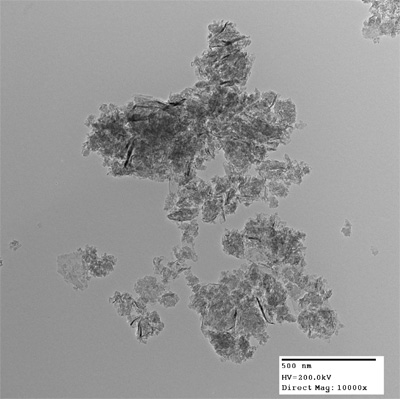LITX™ G700 graphene-based additive delivers step change performance vs. conventional additives for energy batteries
Cabot Corporation announces the launch of LITX™ G700, the company’s first graphene-based additive for high energy density lithium-ion battery applications. Utilizing graphene material developed on the basis of a new technology platform, this new additive helps lithium-ion battery manufacturers achieve superior cell performance.
Battery developers for applications in electronics and electric vehicles have reached the limit in reducing the loadings of conventional carbon additives. As a result, many are resorting to alternatives such as carbon nanotubes that add significant cost as well as manufacturing challenges.
The LITX G700 conductive additive is a graphene-based additive designed for use in electric vehicle and high-end consumer electronics in which better driving range and longer run times are critical performance features. This new additive is designed to deliver the conductivity needed to achieve very high energy densities in lithium-ion batteries at ultra-low loadings in comparison to conventional additives. Less loading or volume allocated to conductive additives enables more volume to be available for energy storage materials. As a result, the LITX G700 graphene-based additive delivers step change performance in conductivity at ultra-low loadings and is easily incorporated into battery electrodes.

Graphene is a thin sheet of carbon atoms that has high electrical and thermal conductivity, and is mechanically strong. It is used as a performance-enhancing material in composites to add strength, stability, electrical and thermal conductivity, and other properties at lower loading levels than traditional materials. Its unique shape and structure provide different application opportunities from standard carbon additives. Specifically, graphene’s unique properties help to balance the overall electronic and ionic conductivity of lithium-ion battery cells that could not be achieved with other carbon additives.
“We recognize that graphenes have the potential to improve performance in a number of applications from advanced batteries to conductive plastics and tires. We see it also leading to new, stronger composite materials,” said Yakov Kutsovsky, chief technology officer. “Cabot has made and continues to make investments in graphene technology. This enables us to have a robust platform capability in which to test and further develop graphene materials.”
To learn more, visit our advanced battery applications website here, or contact us at Battery.materials@cabotcorp.com.
ABOUT CABOT BATTERY MATERIALS
LITX products are the first of a new Cabot family of performance additives for advanced batteries designed specifically to solve customer problems at the fundamental particle materials level. Through the application of Cabot’s deep portfolio of carbon materials and particle technologies, LITX additives can be modified to perform one or more critical functions to promote dramatic performance and durability improvements in lithium-ion batteries.
ABOUT CABOT CORPORATION
Cabot Corporation (NYSE: CBT) is a global specialty chemicals and performance materials company, headquartered in Boston, Massachusetts. The company is a leading provider of rubber and specialty carbons, activated carbon, inkjet colorants, cesium formate drilling fluids, fumed silica, aerogel and elastomer composites. For more information on Cabot, please visit the company’s website.
Safe Harbor Statement under the Private Securities Litigation Reform Act of 1995: Statements in the press release regarding Cabot’s business that are not historical facts are forward looking statements that involve risks and uncertainties. For a discussion of such risks and uncertainties, which could cause actual results to differ from those contained in the forward looking statements, see “Risk Factors” in the Company’s Annual Report on Form 10-K.
Source: Cabot Corporation
